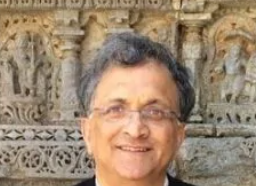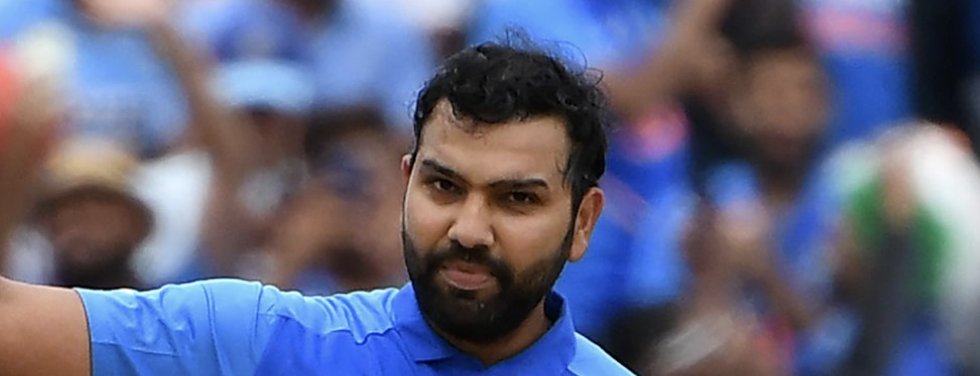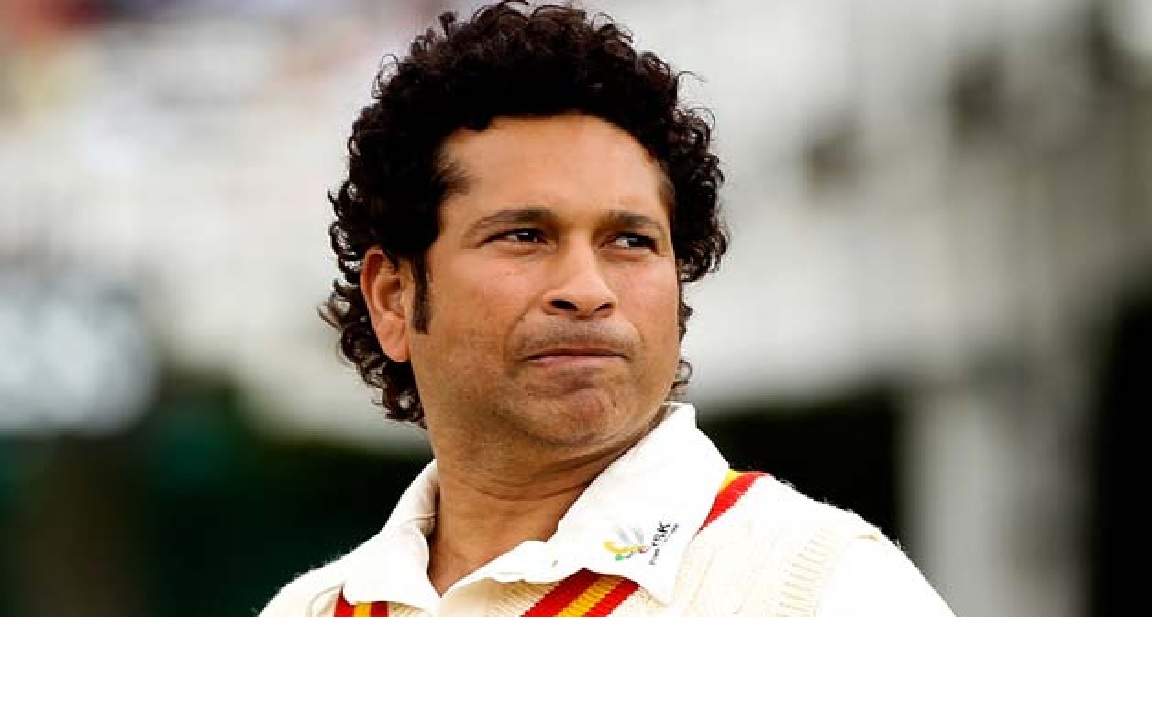
The magic of bat and ball




Ramachandra Guha’s The Commonwealth of Cricket subtitled “a lifelong love affair with the most subtle and sophisticated game known to mankind”.
As a fan, scholar, controversialist, administrator, player, writer, Guha has spent a life with cricket, as he traces the game across every level at which it is played: school, college, club, state, and country. He hails from the foothills of Himalayas at the Forest Research Institute in Dehradun, with three cricket grounds set among the old beech trees in the lush green heritage zone and Lutyens-style bungalows with elegant, comfortable rooms with portico, large open courtyards, and mature gardens.
Guha is captivated by the ambiance and action of cricket and aged eight he is already a dedicated scorer. In1960s Indian cricket matured when Guha’s uncle inspired him to become an active cricketer at school and college, rushing off to nets as soon as lectures are finished.
Although Guha couldn’t make it as a player he is a fanatical fan of cricket and offers vivid portraits of local heroes, provincial icons, and international stars.
The narrative of life is intertwined and in love with the sport, Guha captures the magic of bat and ball that has ensnared billions
When Rahul Dravid whose superb batsmanship is matched by a restless and enquiring mind- was captaining India, Guha fired off a letter objecting to the slip cordon. Dravid replied two days later, explaining that he was reading Guha’s book on the history of Independent India.
“I finished about 180 pages so a fair way to go,” Dravid signs off, “ would love to talk about it and much more” Guha reflects.
There is something special to Guha’s encounters with players, as his fiercely independent voice as a commentator on the game, now has the capacity to hold those he loves to account. For Guha’s analysis, the mystical and the heroic take precedence in his analysis of the game. When a scientist tried to decode Shane Wane’s dip and spin, Guha counters that we should savor the leg-spinner’s “ carving arc to his flight”. The number of revolutions on the ball that causes the “carving arc” of its flight.
Guha sees the shorter Twenty-20 game as despoliation, with classical technique under threat.
Mumbai has produced a rich sequence of world-class batsmen headed by Sunil Gavaskar, Vengsarker, Sachin Tendulkar, Rohit Sharma ( scored three double hundreds in the shorter format cricket). Vasu Paranjape the wise cricket coach who inspired many of these greats is lovingly depicited. How the technical mastery and tradition have cross-pollinated with the evolving demands of the modern game. Hitting the ball to all parts of the ground as T20 itself and one-day International cricket demands rest on skill and poise as well as muscle.
The Commonwealth of Cricket by Ramachandra Guha, William Collins, £20, 336 pages.
